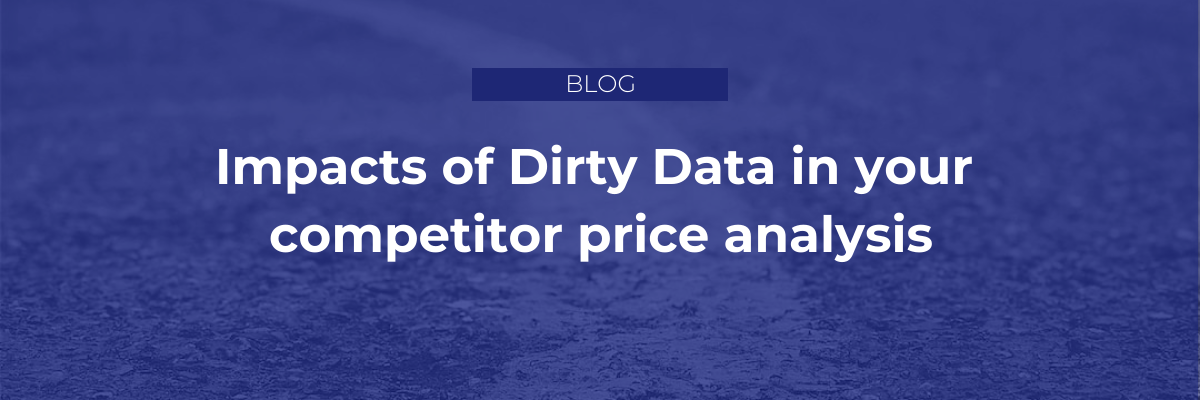Data Blog by Lizeo

Dirty data is a general expression defining data that is inaccurate, incorrect, inconsistent, duplicated, incomplete or violating business rules.
According to Gartner’s Data Quality Market Survey in 2017, the cost of dirty Data for companies is estimated at 15M$/year on average.
Data Scientist is the dirtiest job of the 21st Century
Jingles (Hong Jing)
Yearly / Average cost of a Junior Data Scientist (according to Glassdoor): 200k$/year (estimation). Based on the fact that he/she spends 60% of the time cleaning data, it costs 120k$/year per Data Scientist.
© Lizeo Group 2024, all rights reserved